Want to experience Indochina with fewer crowds, cheaper prices, and better scenery? You can! It’s called the green season.
If you read this post about the best time to visit Indochina, you’ll know that weather and climate in Vietnam, Cambodia and Laos is a complicated business. Thanks to the sheer length of the Indochinese peninsula, as well as the variation between coastal and mountainous zones, it’s never just as simple as winter = cold, summer = hot.
Whereas the vast majority of tourists choose to visit Indochina in peak season, which extends from November until March, in this post I’ll be exploring a few of the reasons to think outside the box and consider travelling to Indochina during the wet season – or “green season”, as we like to call it.
Far too many people are put off by the thought of rain, when in fact there are many benefits to off-peak travel.
1. There are fewer tourists
It’s an obvious one – but for many, a very important one. Nobody likes to think of themselves as a tourist (we’d all prefer to be “travellers” – go on, admit it!) and there’s nothing to make you feel more tourist-like than standing amongst a pack of other touristy tourists everywhere you go.
One way to avoid being swept up in the throng of sock-and-sandal-wearers is to head to places where nobody else goes, but I’ve always thought that this is a flawed plan. There are usually reasons nobody else goes to those places, after all.
A much better way to avoid the crowds is to travel out of season, when even the most popular sights are much less busy than they would be otherwise. You’ll be guaranteeing yourself a more relaxed, peaceful, and atmospheric experience in key destinations – which is reason enough to travel off-peak all by itself.
2. It’s cheaper
Another extremely compelling and very simple reason to consider off-peak travel: less demand = lower prices. Simple as that.
This rule applies mainly to flights and hotel rooms – probably your two biggest holiday expenses – so it’s well worth a thought for the thrifty traveller.
3. Everything looks nicer
Something that many people forget about rain is that it has an ulterior motive besides getting you all wet and ruining your holiday plans. It makes everything look beautiful and green and pleasant. Instead of arid landscape and parched earth you will be surrounded by leafy, lovely views and lush vegetation, and your holiday snaps will look that much more picturesque as a result. And we all know that the only reason to go on holiday is Instagram.
4. Water, water everywhere!
Well, duh. It’s the rainy season. But an oft-overlooked benefit of all this rain is that all the popular water-based activities in Indochina only get better.
The rivers and lakes swell, so you can cruise further (and faster) inland than you can in the dry season. The rice paddies are flooded, creating beautiful, giant mirrors for the sky. The moats and ponds around Angkor are filled with water, reflecting the beauty of the temples. Tonle Sap Lake with its floating villages is at its very best, with water lapping the doorsteps of the houses. When so many activities in Indochina are water-based, more water can only be a good thing!
5. The storms and clouds are awesome
The weather doesn’t have to be a downside during the rainy season, it can actually be a benefit. For those of us who live in wishy-washy climes like the UK, the awesome power of tropical storms is actually pretty exciting. Or I think so anyway. For many people it’s a world apart from their everyday experience, and is that not why we travel in the first place?
The dramatic, towering clouds that come before and after a big storm are also quite spectacular in their own right, especially when illuminated by the dying light at sunset.
6. The rainy season isn’t as rainy as you think
We all hate the rain in England, because the rain in England is horrid. It’s drizzly and pathetic, it goes on all day and night, and it’s bloody freezing. But rain in Indochina isn’t like rain in England.
For all but the rainiest months of the year, the rain arrives in short, heavy downpours that clear up almost as soon as they have arrived, leaving you with clear skies and fluffy clouds for the majority of the day. It’s also warm all year round, so you dry off quickly and don’t get that horrible, shivery drowned rat feeling. The showers can even be a nice break from the heat.
In short, it is really not as bad as some people make out. Even if you travel in the rainiest of the rainy months, when it pours almost constantly throughout the day (and InsideVietnam’s Charlotte can attest to this), it doesn’t mean you have to halt all your activities and sit at home. You just do them in the rain.
If you’re a committed sun-worshipper and lifelong beach bum, that’s OK. I know I’ll never persuade you. But for the rest of you, give the green season a try, it’s not all rain, rain, rain. You won’t be disappointed.
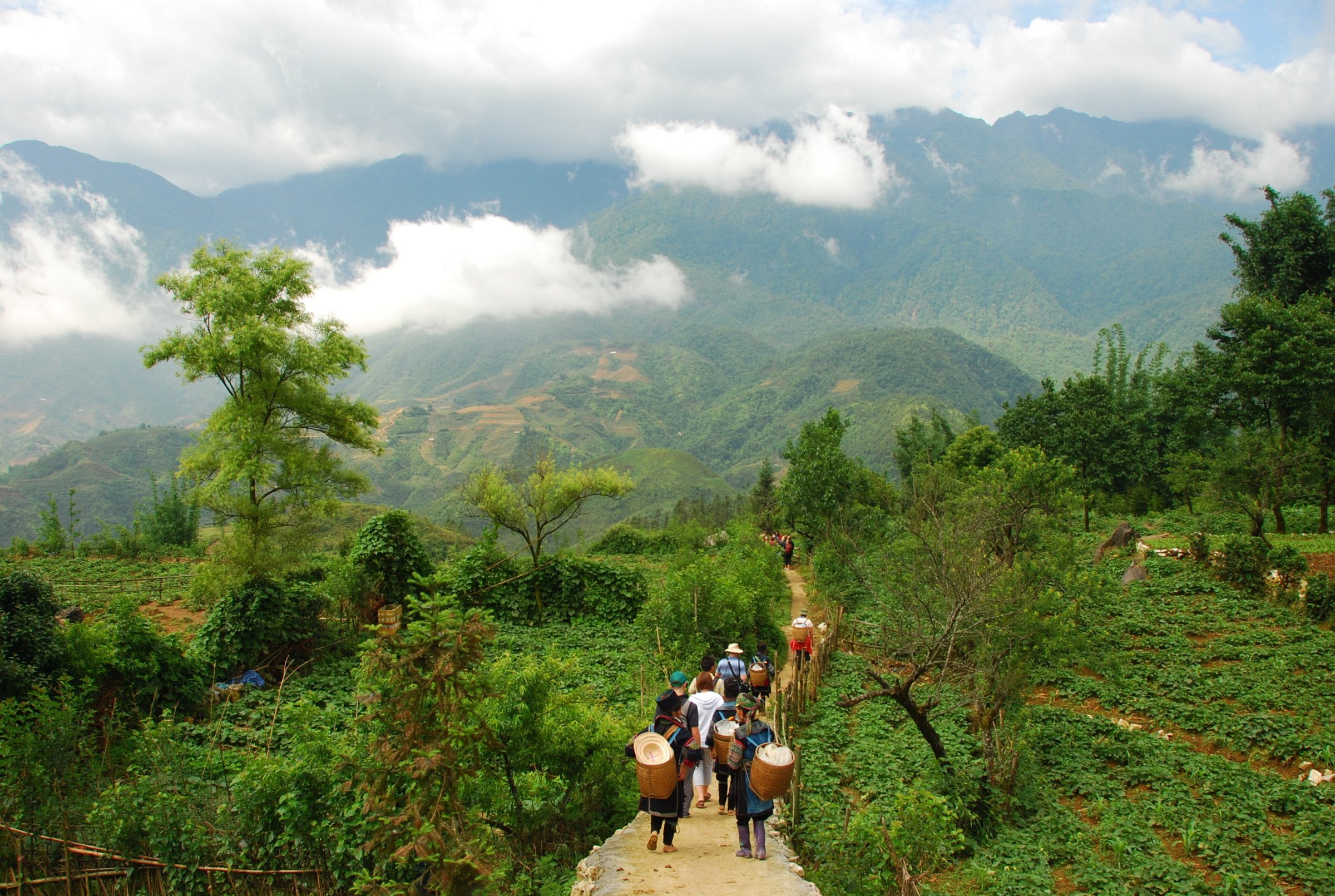
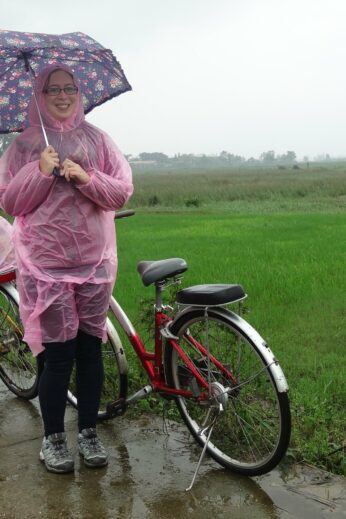
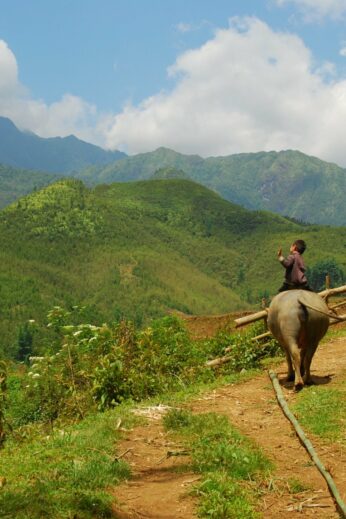
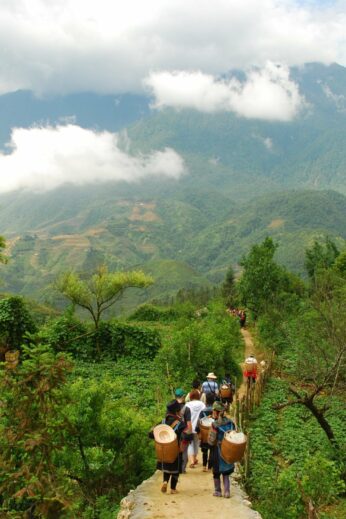
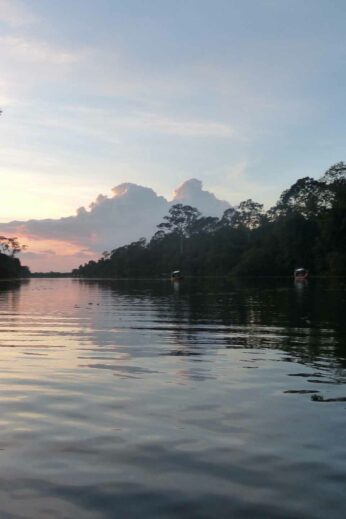
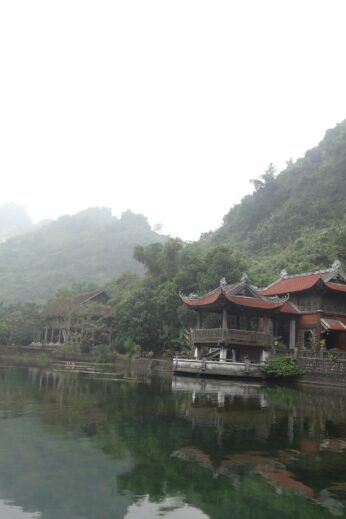
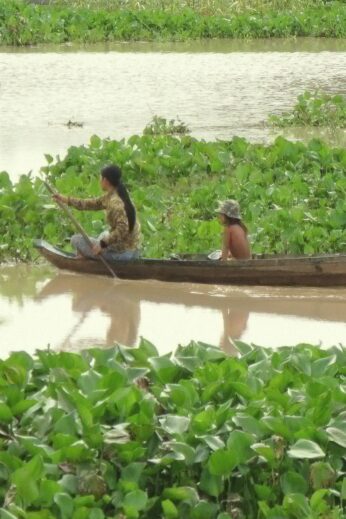
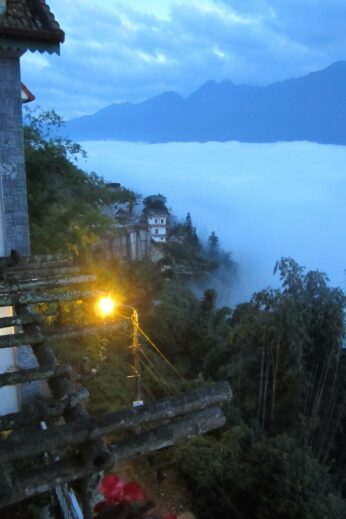
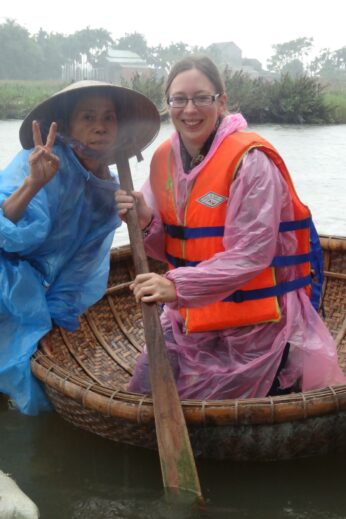
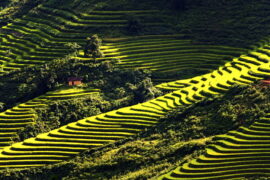
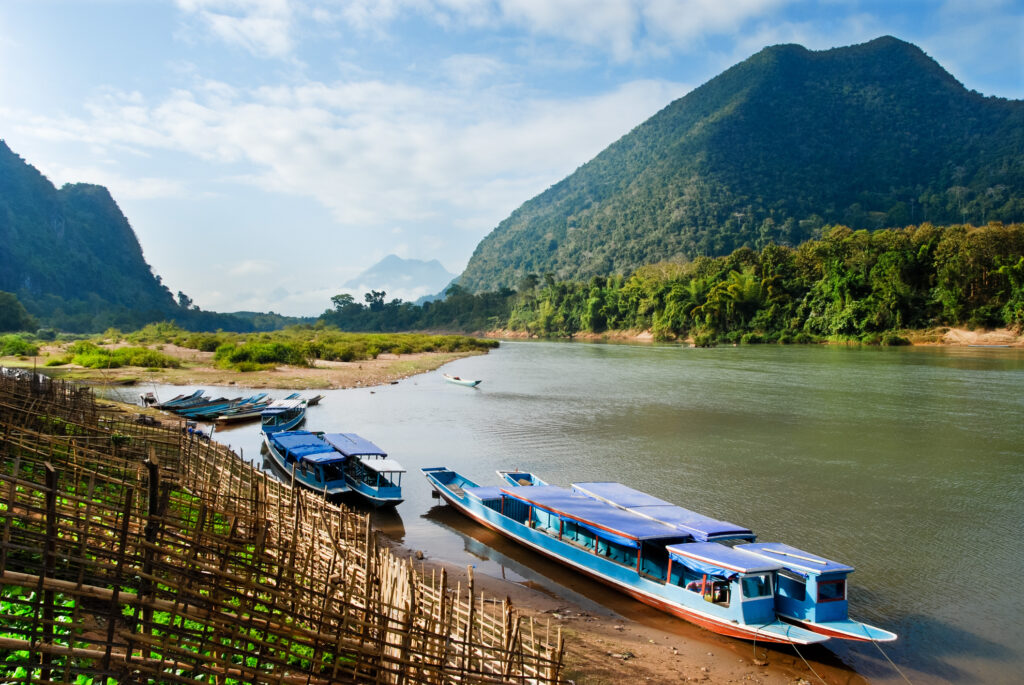
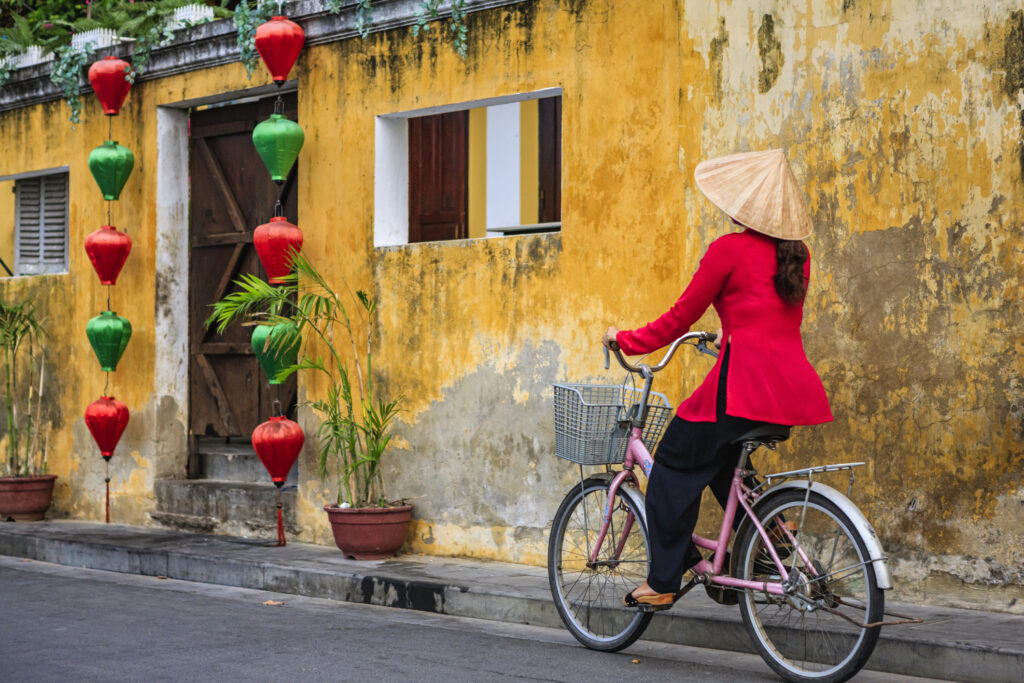
I’m an Australian living in HCMC, Viet Nam and yes to all this.
There is a fair amount of rain… but you rarely get cold and wet, just wet.
And the pollution in the big cities is dampened down, which is a nice bonus.
That is a good point I hadn’t thought of! Thanks for sharing.